
The AIgorythm project

Playwright and actor
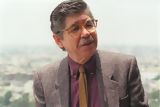
Novelist

Writer and poet

Volleyball player

Italian-Peruvian naturalist and geographer

Singer and percussionist

Last Inca emperor

Politician, former prime Minister

Journalist and TV host
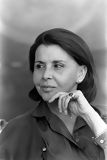
Poet

Inca warrior
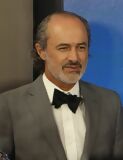
Actor and comedian

Biophysicist

Poet

Doctor and researcher

Businessman, Interbank group

Journalist and writer
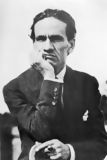
Poet and writer
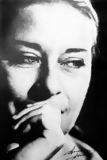
Singer and songwriter
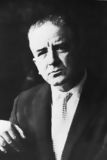
Writer

Film director, Berlin Golden Bear winner

Football player
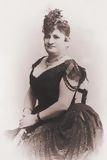
Writer and journalist
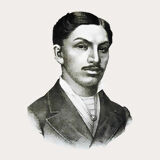
Doctor and scientist

Photograph

Chess player

Industrialist
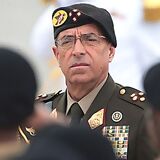
Former general

Specialist in public health

Actress and singer

Afro-Peruvian music singer

Mathematician and engineer

Indigenous chronicler

Neurologist and anthropologist

Painter

Football player
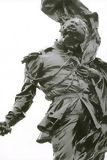
National hero, military leader

Intellectual and reformer

Chef and entrepreneur

Fashion designer

Singer-songwriter

TV presenter

Marathon runner

Indigenous Peruvian chronicler

Theologian

Former national team captain

Economist and former health minister

Inca princess

Writer and television host

Folk musician

Poet and guerrilla
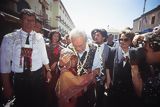
Former UN secretary-general

Chef, known for fusion cuisine

Football player

Peruvian aviation pioneer

Poet and artist
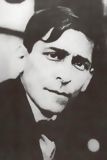
Marxist philosopher and writer

Industrialist and businessman
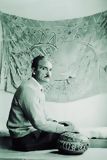
Novelist and ethnologist

Painter and muralist

Opera tenor

Fashion designer

Cardinal of Lima

Peruvian tennis player

Football coach

Leader of the indigenous rebellion
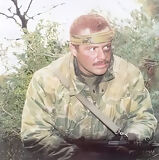
Military hero

Latin singer
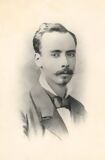
War of the Pacific hero

The youngest mother in history

Politician
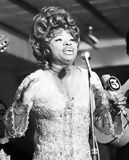
Creole music singer

Tennis player
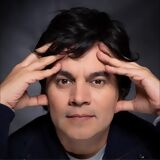
Musician

Writer and politician

Politician and founder of the Christian Democratic Party

Founder of Sodalitium Christianae Vitae

Archaeologist and anthropologist
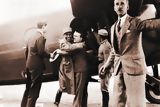
Military leader and politician

Television host
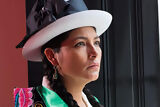
Actress and singer
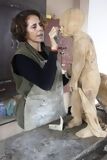
Contemporary sculptor
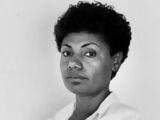
Women’s rights activist

Beauty queen

Astrophysicist

Heroine of independence
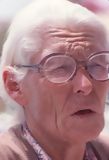
Mathematician and archaeologist

Historian and anthropologist
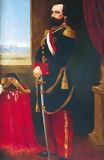
Military figure and historical figure

Fashion photographer
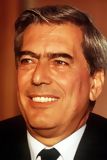
Writer, Nobel Prize in Literature, Politician

Revolutionary leader
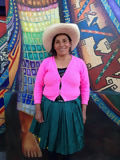
Environmental activist

Leader of the indigenous rebellion
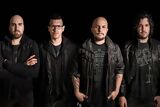
Musician from Gaia band

War hero
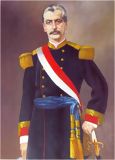
Military leader and politician

Chef, known for Nikkei cuisine

Volleyball coach and former player

Environmental activist

Television personality

Writer
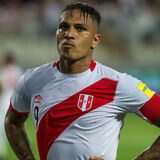
Football player

Epidemiologist and former health Minister

Inventor and aerospace pioneer

Soldier and inventor
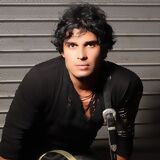
Rock singer

Chef and co-owner of Central restaurant

Painter

Football player

TV presenter and actress
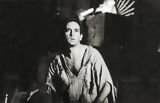
Actor
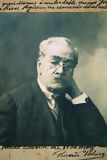
Writer and historian

Journalist and lawyer

Archaeologist, founder of Caral site

Monk and Saint
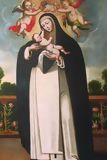
Saint, patron of Latin America

Physicist and engineer

World champion surfer

Actress

Oncologist
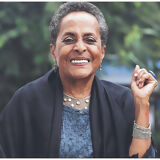
Singer, Latin Grammy winner

Former mayor of Lima

Singer

Actress

Former football player

Painter
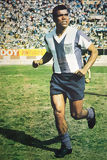
Former football player

Painter

Inca leader

Archbishop, saint
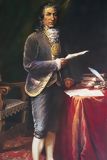
Leader of the indigenous rebellion

Revolutionary indigenous leader

Diplomat and intellectual

Sculptor and painter
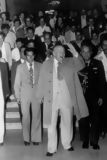
Political leader, founder of APRA

Lawyer and Former prime minister

Chef of Central restaurant
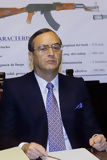
Former head of secret services

Popular singer

Fashion designer

Exotic music singer
Daniel Alcides Carrión was born on August 13, 1857, in Cerro de Pasco, Peru. He is widely recognized as one of the most famous martyrs in Peruvian medicine, particularly for his self-sacrifice in the name of science. Carrión is renowned for voluntarily inoculating himself with the Peruvian wart, also known as "Carrión's disease," to better understand this endemic illness that affected many rural regions of Peru. This heroic act ultimately cost him his life, but it marked a turning point in the understanding of this disease and in the development of medicine in Latin America.
Born into a modest family in Cerro de Pasco, a mining region high in The Andes, Daniel Alcides Carrión grew up in a harsh environment where public health was often neglected. From a young age, Carrión displayed a passion for learning, and thanks to his dedication, he was accepted into one of Lima's most prestigious universities: the Faculty of Medicine at San Fernando. In 1874, at only 17 years old, he began studying medicine during a time of significant public health challenges for Peru.
At the end of the 19th century, Peru faced numerous health challenges, particularly in the Andean regions where endemic diseases such as the Peruvian wart and Oroya fever ravaged the population. These diseases caused high mortality, particularly among local populations and railroad workers. The lack of sanitary infrastructure and the ignorance of the exact causes of these diseases made them difficult to treat. As a medical student, Daniel Carrión was particularly interested in these conditions that gravely affected public health.
The Peruvian wart, also known as "Carrión's disease," is an infectious disease that manifests with skin warts and flu-like symptoms, predominantly in the Andean regions of Peru. Oroya fever, on the other hand, is an acute and potentially deadly disease often associated with episodes of high fever and severe anemia. The relationship between these two diseases was unclear during Carrión's time, and many believed them to be distinct pathologies.
As a passionate student and researcher, Carrión sought to prove that these two diseases were related and caused by the same pathogen. This desire to contribute to medical research and provide answers to this mystery led him to one of the boldest acts in medical history.
On August 27, 1885, Daniel Alcides Carrión performed an act that would change his life and the course of Peruvian medicine. With the support of his colleagues and amidst a climate of deep uncertainty, he decided to inoculate himself with the blood of a patient suffering from the Peruvian wart in order to study the disease's progression. His goal was to understand if the Peruvian wart and Oroya fever were two phases of the same illness. Over several weeks, Carrión meticulously documented each symptom he experienced, from the initial fevers to the appearance of skin warts.
His meticulous observations provided invaluable information about the development of the disease, but as the illness progressed, his health rapidly declined. Despite his colleagues' efforts to save him, Daniel Carrión died on October 5, 1885, at the age of just 28. His voluntary sacrifice allowed significant advancements in the understanding of the Peruvian wart, demonstrating that Oroya fever and the wart were indeed two phases of the same infection caused by the bacteria Bartonella bacilliformis.
Daniel Alcides Carrión's sacrifice was not in vain. Thanks to his detailed notes, researchers were able to establish a definitive link between Oroya fever and the Peruvian wart, confirming that both diseases were manifestations of a single infection. This was a major breakthrough in the field of infectious diseases and epidemiology in Peru. Subsequently, research on Bartonella bacilliformis led to the development of more effective treatments to combat this infection, which remains endemic in some rural regions of the country.
Carrión's work also inspired generations of doctors to continue research on tropical diseases and to engage in the fight against neglected diseases. In recognition of his dedication, several hospitals, universities, and medical institutions bear his name today, including the National University Daniel Alcides Carrión, located in his hometown of Cerro de Pasco.
On October 5, the day of his death, Peru celebrates "Peruvian Medicine Day" each year. This day honors not only Daniel Alcides Carrión but also all healthcare professionals who follow his example by dedicating themselves to research and medical care. Carrión's name is also associated with values such as courage, ethics, and devotion to the human community.
His story is often taught in medical schools and appears in medical history textbooks, both in Peru and abroad. The concept of the "medical martyr" takes on its full meaning here, as Carrión literally gave his life to advance medical knowledge.
Daniel Alcides Carrión has become a timeless symbol of scientific dedication and ethical responsibility in medical practice. His personal sacrifice not only allowed crucial medical advances but also left a powerful example of what it means to place science and the welfare of society above one's own life. Today, Carrión is an essential figure not only for Peruvian medicine but for global medicine. His commitment continues to inspire generations of doctors, researchers, and students, making him a living legend in the history of science.